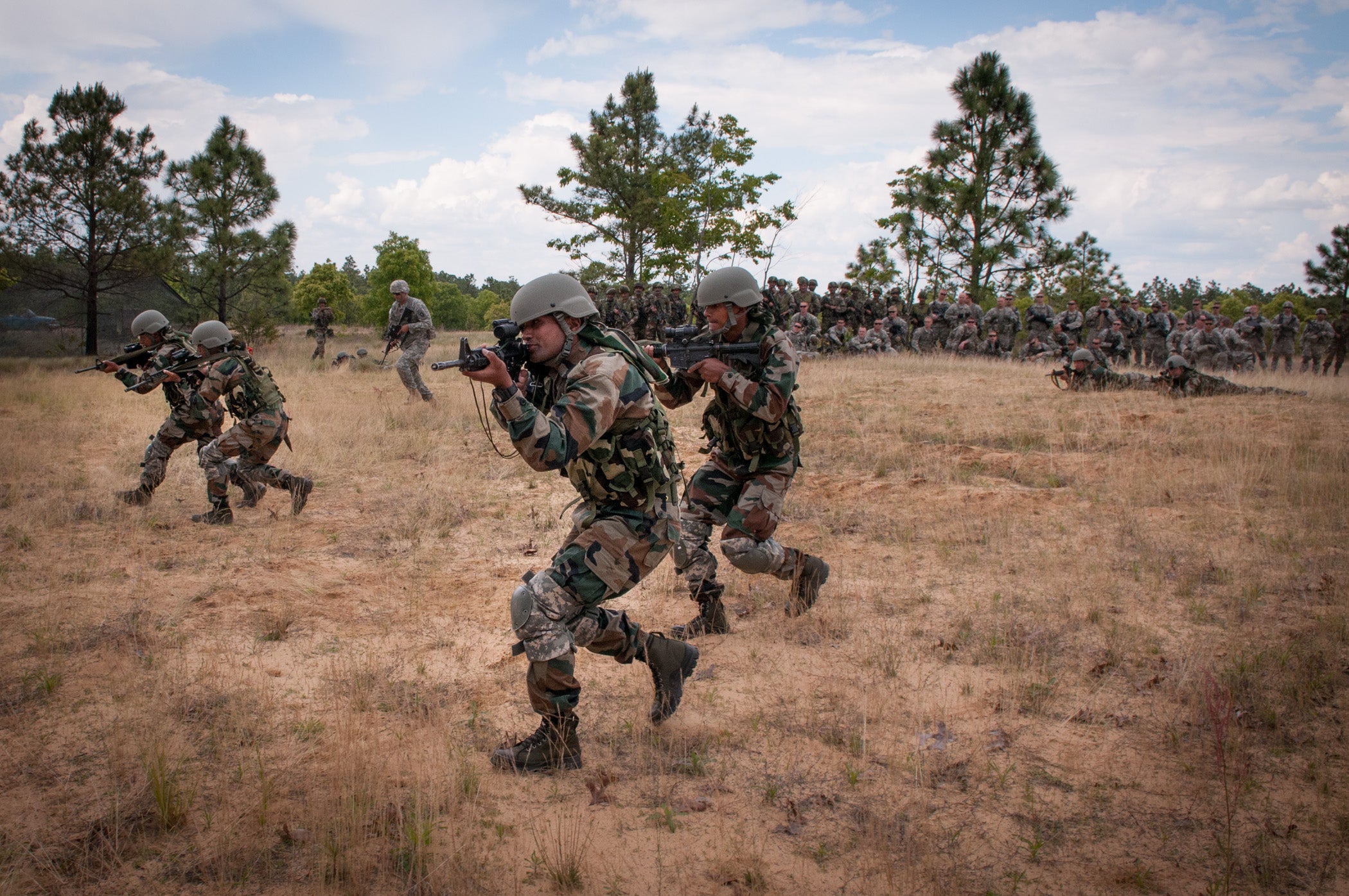It is well known that in September 2016, India carried out a deadly surgical strike on Pakistani militants in retaliation for the Uri terrorist attack. This was a significant event in defence history, establishing a new attitude towards cross-border terrorism, famously known as ‘the new India’. Though a significant portion of the population knows about this event, another surgical strike that happened on June 9 of 2015, famously known as Operation Hot Pursuit was unnoticed by the general public.
What led to Operation Hot Pursuit ?
On the evening of June 4 of 2015, a convoy carrying soldiers from Dogra 6 regiment was ambushed by terrorists belonging to NSCN-K (National Socialist Council of Nagaland).
This attack, which happened in the Chandel district of Manipur, resulted in the death of 20 soldiers. This was the deadliest attack on the Indian army after the Kargil War. After the attack, a high-level meeting in PM Office was held and the operation was given a nod.
Just hours after the ambush on June 4 in a meeting that was chaired by Home Minister Rajnath Singh and attended by Defence Minister Manohar Parrikar, National Security Advisor Ajit Doval, Suhag and others. At the June 4 meeting, it was initially suggested that the attack on militants’ camp should be carried out the very next day (as per the sources).
However the Army Chief expressed his inability to carry out the strike at such short notice. Thus, the attack took place on the 9th of June.
The Operation in Myanmar by Indian Army
According to the intelligence report, the terrorist bases were present at two locations near the India-Myanmar border along with inside Myanmar territory respectively.
Seventy-two, 21 PARA SF commandos equipped with advanced assault rifles, rocket launchers, grenades and night vision goggles and Indian Air Force carried out this operation. The commandos were dropped near the India-Myanmar border, disguised as the 12 Bihar Battalion of the Indian Army, who were deployed there. The troops were divided into two groups and fast-roped near the border, from where they entered Myanmar territory by foot. After trekking about 50 km in thick jungles, the troops reached near the two camps.
Then the troops were further divided into two groups each; while one was responsible for the direct assault, the second formed an outer ring to prevent any insurgents from running and escaping.
The entire operation (attacking and demolishing the camp) took around 40 minutes. The Indian Air Force’s Mi-17 helicopters were placed on standby, ready to be called in to evacuate the commandos if anything went wrong. The Indian Army stated after the operation it was in contact with Myanmar. There were reports of the use of several rocket launchers and the burning of the camps. This attack resulted in the death of 38 terrorists and seven heavily injured.
The Aftermath of Operation Hot Pursuit 2015
The aftermath of this attack is also indicative of India’s gaining of newfound confidence in dealing with such terror activities. Although there is unrest in Nagaland territory by separatists, the deadly attacks decreased rapidly after Operation Hot Pursuit. Myanmar government as well as some politicians, fearing the backlash, started underplaying their role and death count respectively. Media houses started exaggerating numbers for their TRP. However, the Ministry of Information and the Indian Army later cleared the muddy water by releasing information on the operation.
Though overlooked, this was a first-of-its-kind retaliation mission dealing with terrorists that create unrest in India. The operation against terrorism was a success and India is not shying away from it. This operation gave the frame of reference for other future operations like this if needed.

